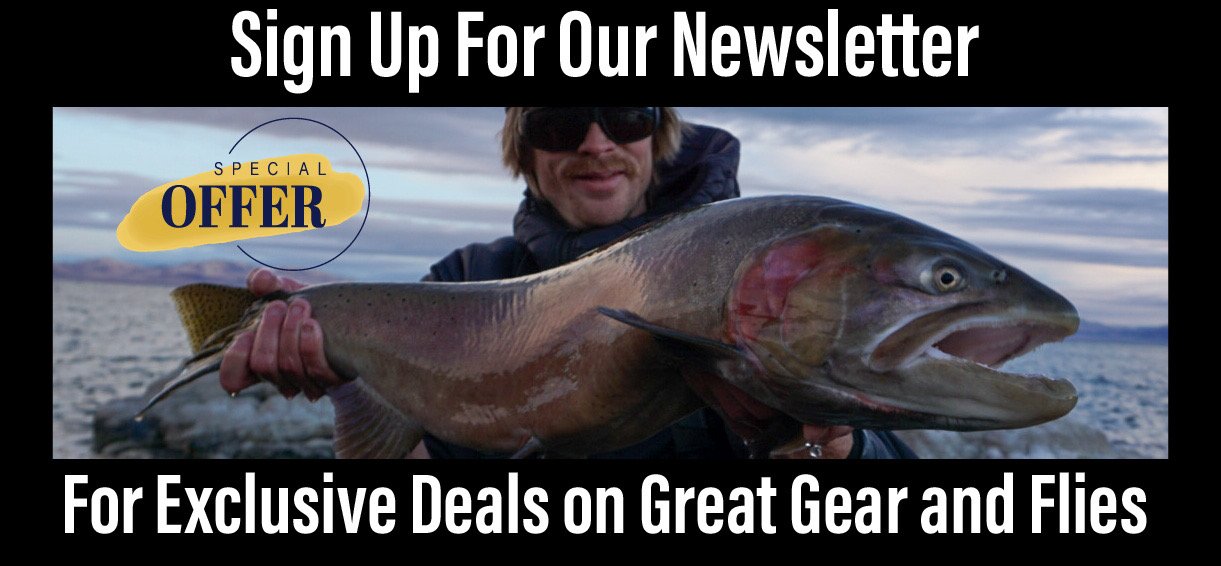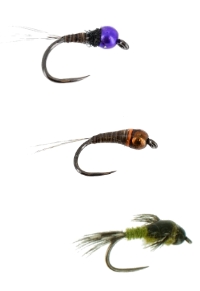Yellowstone
The Yellowstone River starts its journey above Yellowstone Lake in Yellowstone National Park in Wyoming. It flows for hundreds of miles through breath taking scenery across the State of Montana, until it meets the Missouri River in North Dakota. This natural flowing river brings fly fisherman and anglers from all over the country to its banks every year. The upper Yellowstone River flows for approximately thirty miles before entering Yellowstone Lake. The headwaters of this river here are very small, very remote, and nearly impossible to access without a horse or canoe. The section just above Yellowstone Lake is followed by Thorofare trail which will give access to those people who choose to horseback in. Cutthroats are the only trout found in this part of the river.
Below the lake, the Yellowstone River flows down through a beautiful canyon before reaching Gardiner, which lies just on the outer edge of the park. The most popular section of the river here are the first seven miles. Because of great spawning habitat for the Cutthroat Trout, the very first mile is closed to fishing. Below Sulphur Cauldron, the river flows over two sets of falls. One that measures over a hundred feet high, and the other over three hundred. The area around the falls is closed to fishing, but it is an awe inspiring area to visit. There are some other stretches along the river from Yellowstone Lake down to Gardiner that are also Closed to fishing & Special Regulations do apply. Make sure to check Montana's Fishing Regulations book for all the details. Below the falls, the Yellowstone flows through a large canyon and access is limited.
The Yellowstone becomes a part of Montana just after leaving the park. Here, below Gardiner, the river fishes very well. The most popular and productive stretch in Montana is from Gardiner to Livingston which is a little over fifty miles of water. The first part of this section is from Gardiner to the town of Corwin Springs. It is very productive for cutthroats which can be found in tremendous numbers here. Below Corwin Springs the river enters Yankee Jim Canyon where large browns inhabit this stretch of water and grow well in some of the deeper, faster moving pools. Wade fishing is the name of the game here. If you decide to float it, it is very difficult water to navigate, and should be done only by the experienced. Downstream from the canyon, the river flows past the towns of Miner, Emigrant, Pray, Pine Creek, and Brisbin before entering Livingston. Rainbows and browns with quality hatches of insects and beautiful scenery make this an excellent piece of water for fly fishing. Floating is the first choice of most anglers although wade fishing is available in some parts. The section from Gardiner to Livingston is followed by Route 89.
Downstream of Livingston, the river has good numbers of brown trout and a few rainbows. This area usually receives a lot less pressure and holds some very impressive size fish. Fishing can be good all the way down to Laurel, although many anglers limit their float to the upper half of this area. Route 90 follows the river from Livingston to Laurel. Hatches on the Yellowstone include Blue-winged Olive, Black and Tan Caddis, Pale Morning Duns, stoneflies (including the large Salmon Flies), Tricos, and a few others. Terrestrials (especially hoppers) also work well during the late summer months. Streamers and nymphs make up much of the fishing on the Yellowstone River and produce some of the largest fish. One of the best streamer patterns to fish on this river, particularly in fall, is what's called a Conehead Bighorn Bugger. The fish in this section just seem to love it. Cast it toward any deadfall or rock piles, and retreive it like a wounded baitfish. The big browns are just suckers for it. If you are planning a trip to the Yellowstone River, the closest commercial airport is in Bozeman. This is a very scenic and unique area, and the Yellowstone River makes it even better. Beautiful rivers, canyons, lakes, waterfalls, and geysers, are some of the attractions to this area, making it one of the most jaw dropping portions of the United States. Oh ya, and do we even have to mention the mountains???



